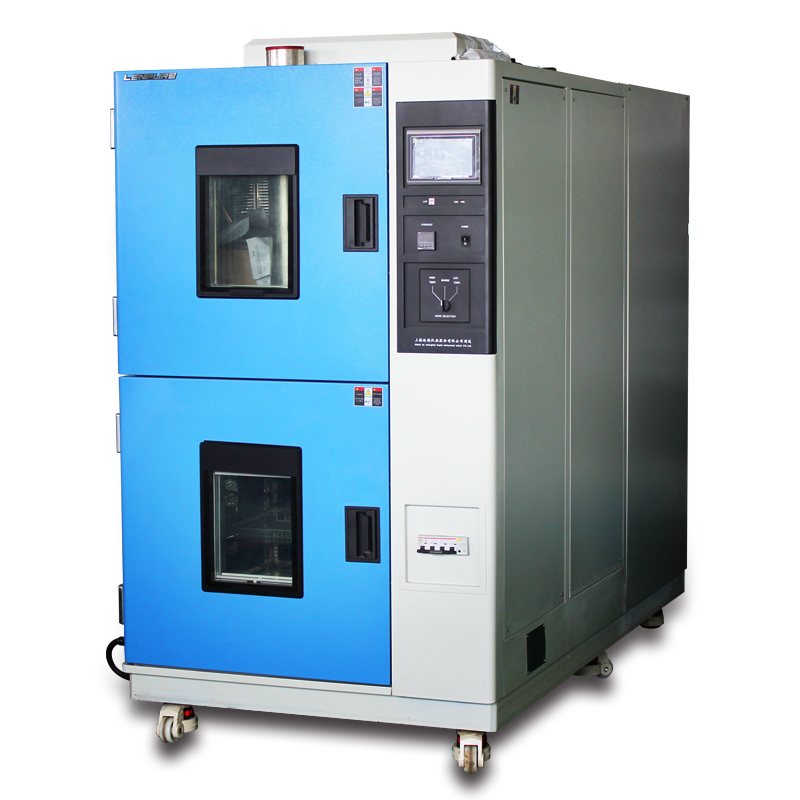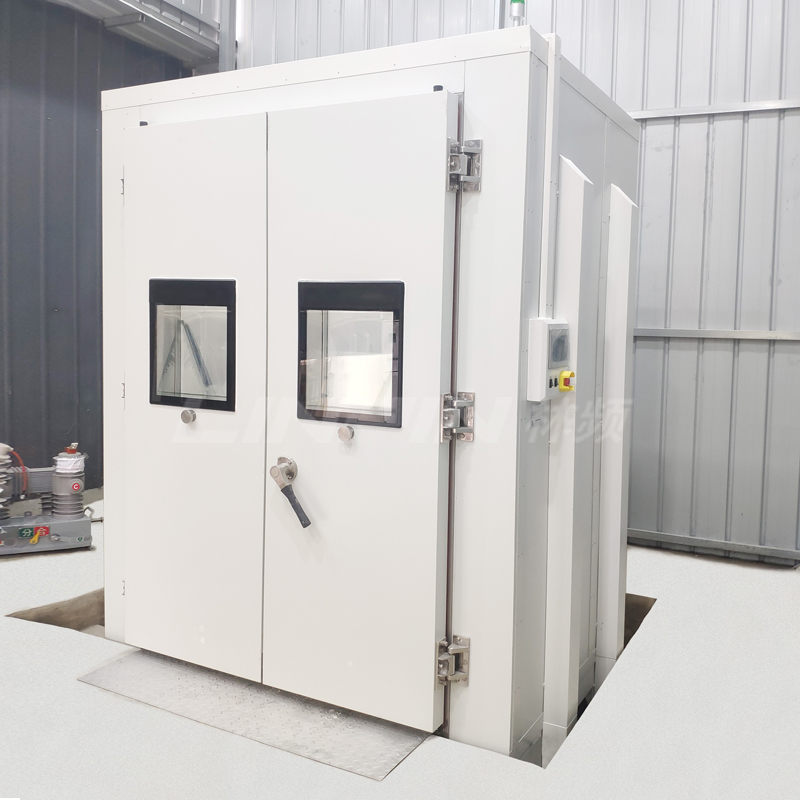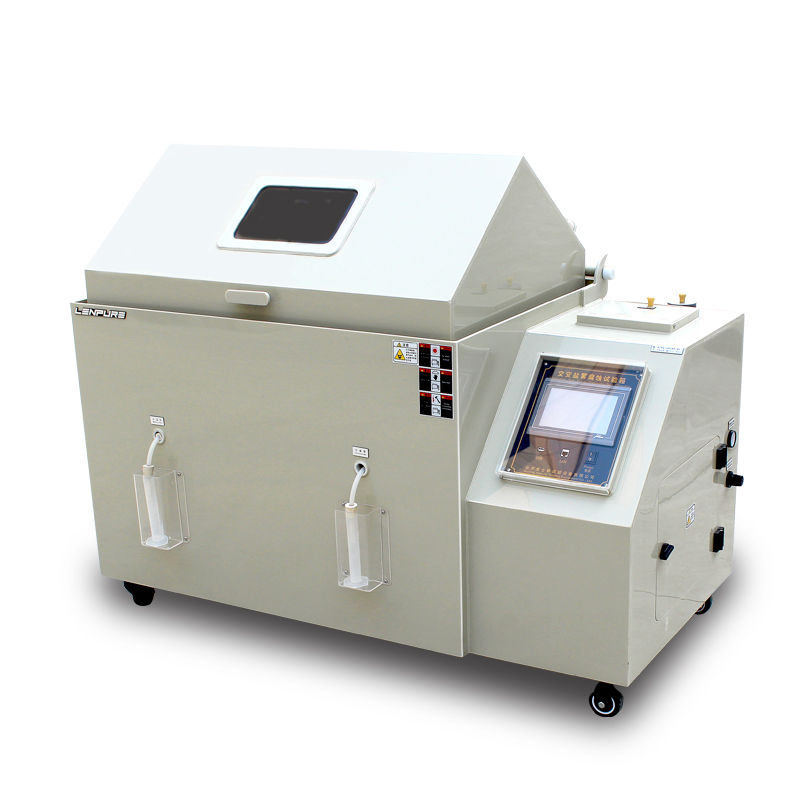Why are thermal shock test chambers divided into two-chamber and three-chamber types?
Author:LINPIN Update Time:2025-08-04 Source:LINPINMany people may wonder why thermal shock test chambers are divided into two-chamber and three-chamber types.
Actually, it can be understood this way: the two-chamber thermal shock test chamber is the traditional type, also known as the basket-type high-low temperature shock test chamber. This is an earlier product and technology, and although many customers are still familiar with and have used it, it is precisely because of this familiarity and usage that some say the two-chamber type has accuracy deviations.

On the other hand, the three-chamber thermal shock test chamber represents a further advancement in development needs. It is divided into three parts: a high-temperature zone, a product testing zone, and a low-temperature zone. It includes an additional product testing chamber and features high-low temperature valves. When testing high temperatures, the high-temperature valve opens, allowing high-temperature gas to pass through the valve into the product testing zone. Similarly, when testing low temperatures, the low-temperature valve opens to channel low-temperature gas into the product testing zone. This design prevents any impact on testing accuracy caused by moving the product back and forth, making it more convenient to use and ensuring more precise testing results.
Although there are certain differences between the two-chamber and three-chamber thermal shock test chambers in terms of testing, the choice between them should be based on the specific product and testing requirements. This ensures optimal testing performance.





